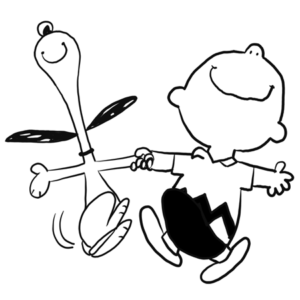Greeting Dance

I have been a successful interculturalist for 20+ years and should be a master of international greetings. Yet the more I learn, the more I know ‘it is a dance’, and one I best be fully awake for. Case in point… last week, I approached a female client from Spain. I leaned in to the left and deftly sensed she was maneuvering for a cheek kiss rather than a hug. No problem. A quick touch of the cheeks and I was returning to my comfort zone with the satisfaction of a job well done. The glow faded quickly, however, as I noticed she was rounding for a second cheek kiss on the other side. By then, I was back too far, so jerked forward with an apology. She withdrew saying ‘no problem’. I persisted in moving forward to land the second cheek brush to complete the greeting dance. She accepted it. We both tried to erase that experience from our minds as we leapt into conversation over our tea and coffee.
As-Salamu Alaykum, Jambo, Ohayo Gozai-Masu, Guten Morgen, Buenos Dias, Selemat Pagi – do greetings matter?
In Sudan, some of the Canadians I worked with felt local greetings and “small talk” were a waste of valuable work time. That was until the Sudanese explained how the lack of a greeting was negatively affecting their entire workday and their productivity. These Canadians quickly learned that satisfying their Sudanese colleagues’ need for connection was in everyone’s best interests, and got the job done more quickly.
The typical Sudanese greeting in this setting included a combination of Islamic and Arabic phrases back and forth which could easily take more than five minutes. The Sudanese reassured the wide-eyed Canadians that they could successfully pare five minutes down to under a minute (unless they hadn’t seen the person for a few weeks – then there would be more to discuss to keep the relationship healthy).
Inconsequential as those first few words might seem to time-focussed Canadians, an initial connection, however brief, can set the stage for improved empathy, understanding, communication, and collaboration. More and better work gets done.
Before we moved to Mexico City, our children were young teens and had not thought much about greetings. But when faced with people kissing their cheeks, they quickly overcame their feelings of being “freaked out” and got into the Mexican groove.
My surprise came when we returned to Calgary two years later. Our daughter, then 15, reported on what was most interesting about her first week back at school in Canada. “Nobody here knows how to greet”, she exclaimed. “They can’t decide if they want to shake hands, bump fits, hug, or just grunt, and they definitely are not air-kissing cheeks.”
So, is it possible, even desirable to foster a ‘greeting dance’ in Canada?
A former oil company president in Calgary was legendary for remembering the names of employees, clients, and suppliers – and taking the time to say hello. It astounded me that he would stop to say hello when it had been months, if not years, between us bumping into each other. It made me want to deliver a better service to him and his company.
Greetings are a foundation of employee engagement, which we are constantly reminded is a serious issue for today’s workplaces. Engagement brings innumerable wonderful benefits to an organization.
Add to this the nature of the Canadian multicultural fabric. When we consider the broader concept of culture – beyond national culture – to encompass generation, gender, sexual orientation, religion, etc., everyone we work with is from a culture other than our own!
Are we conveying “I am pleased to see you”, “You are important to me” or something completely different?
As the Sudanese helped to teach me, a warm greeting, whatever it takes, sets the stage for a day of collaboration.
